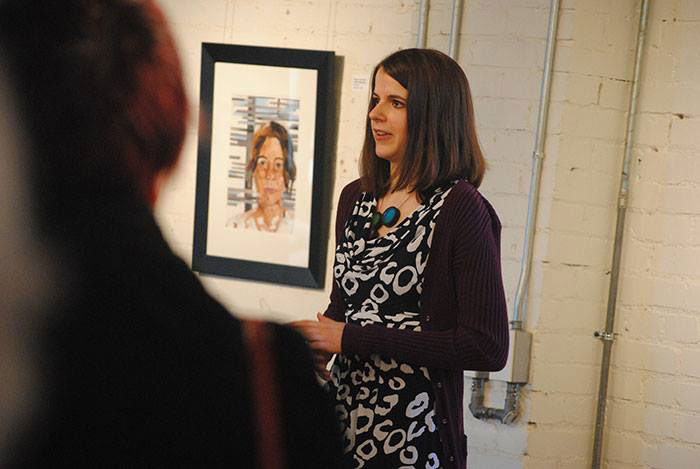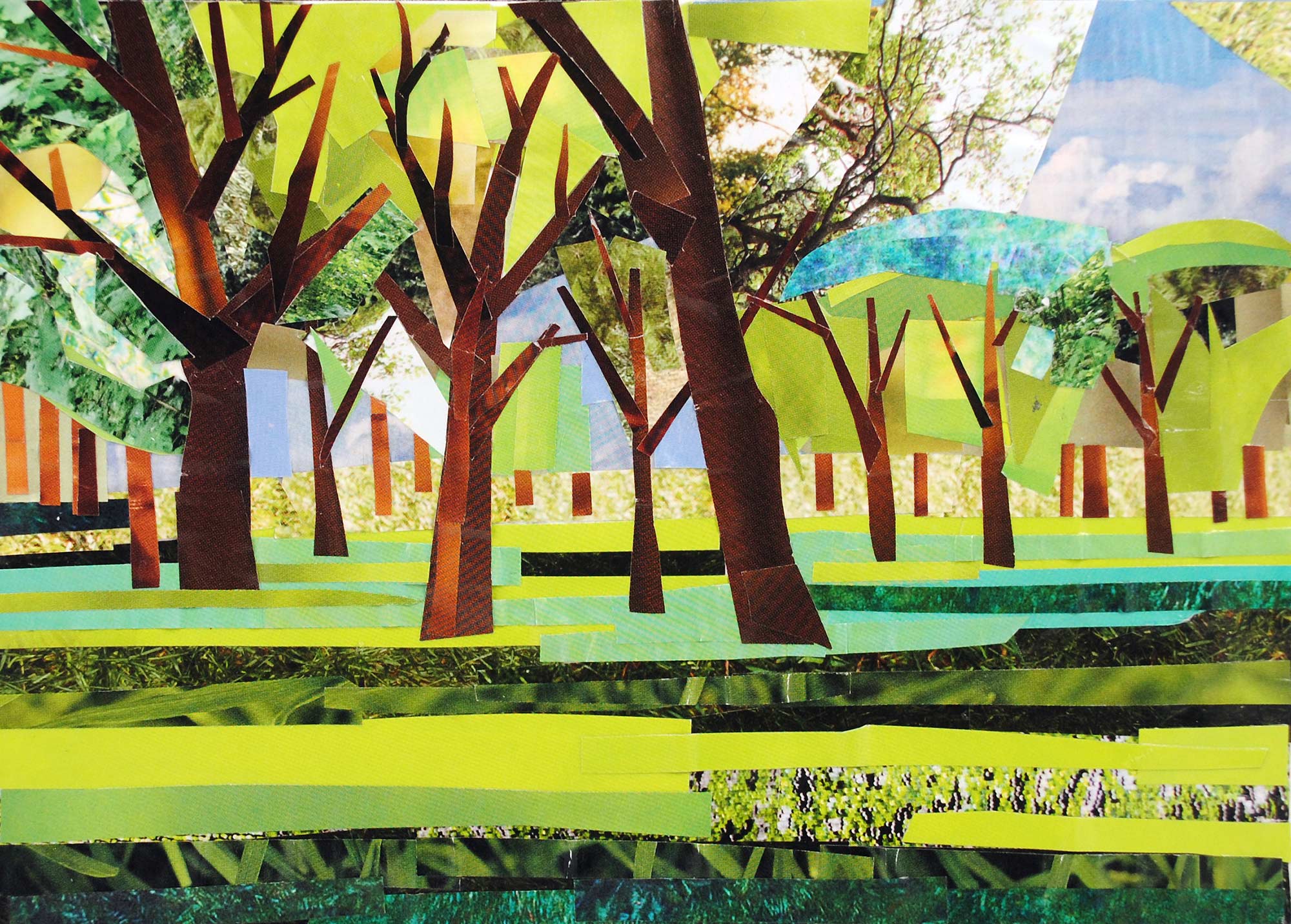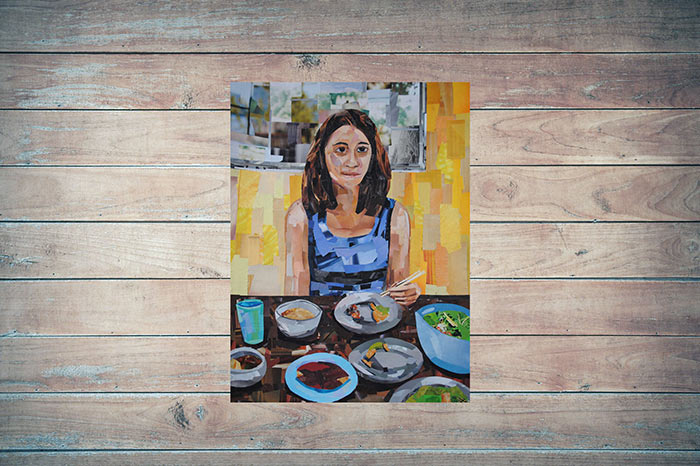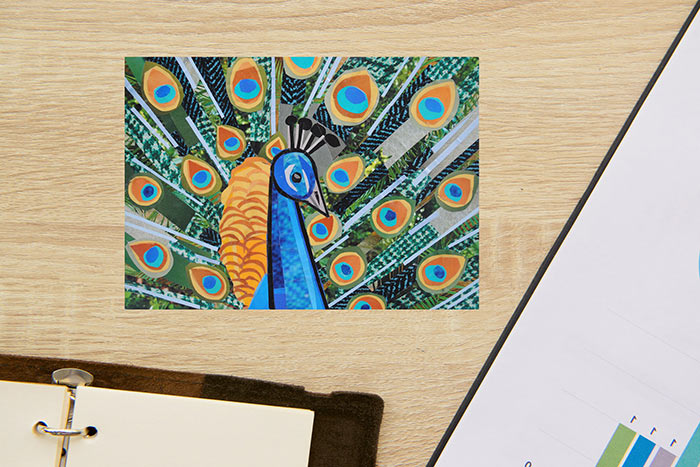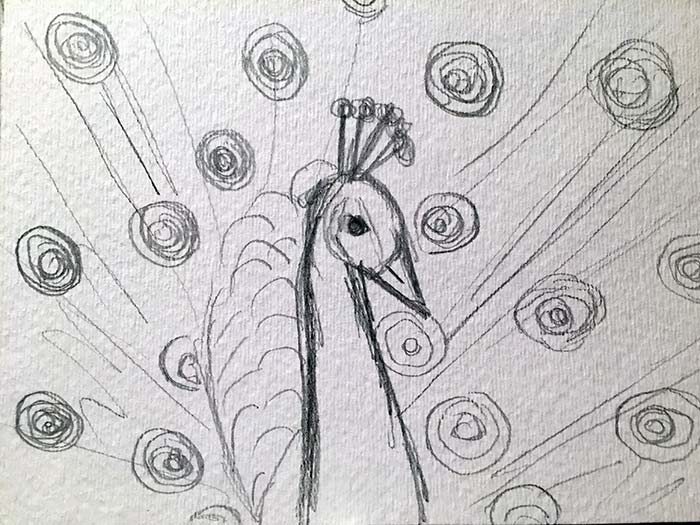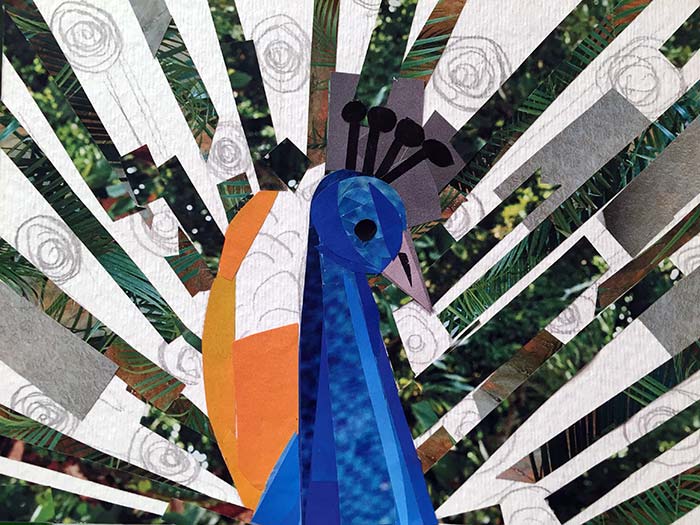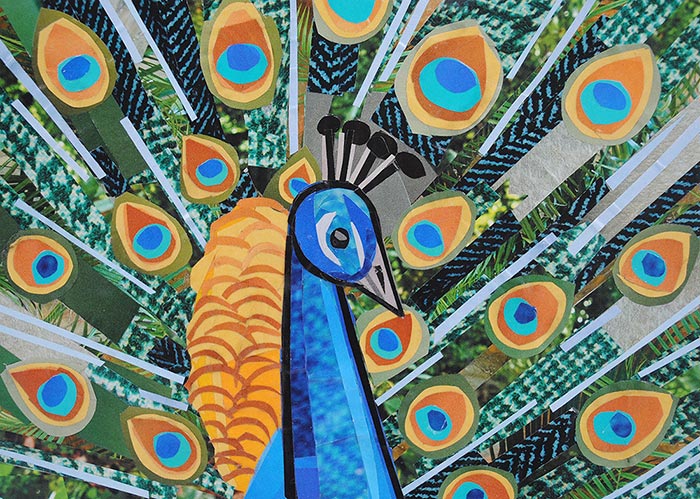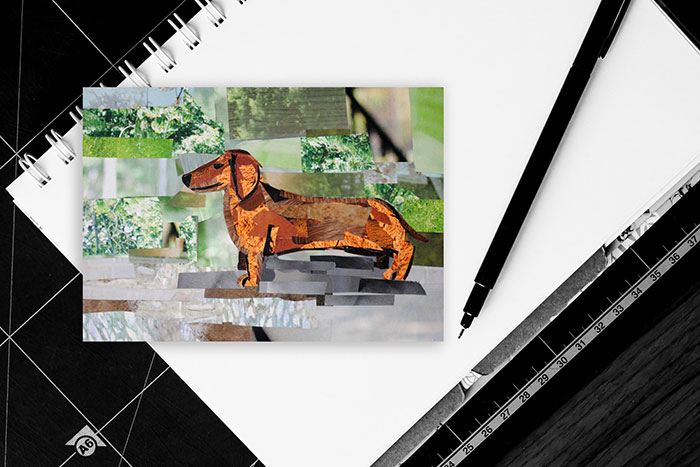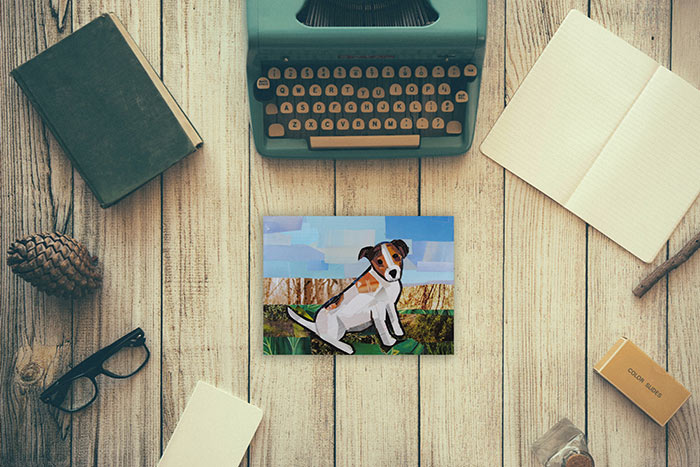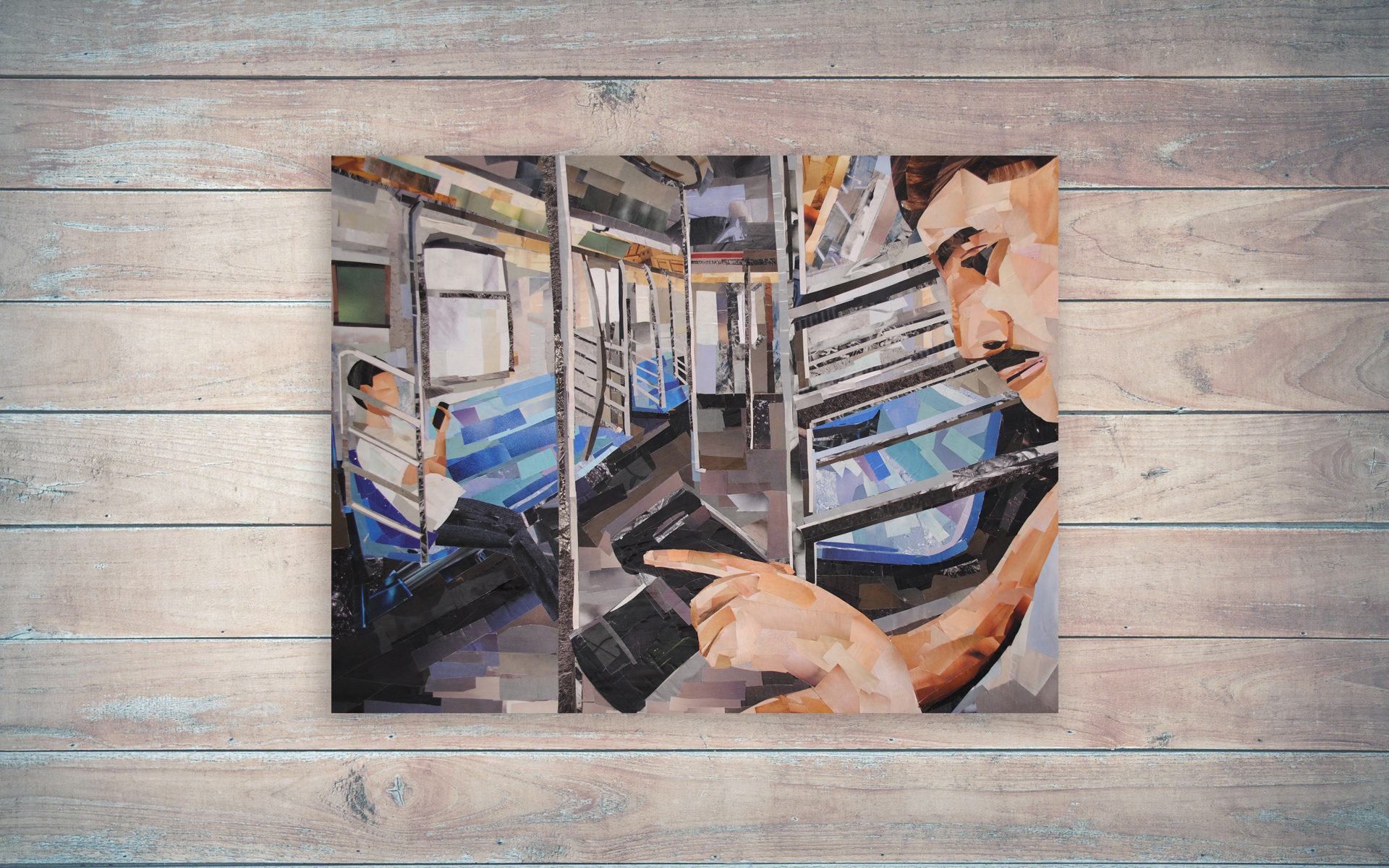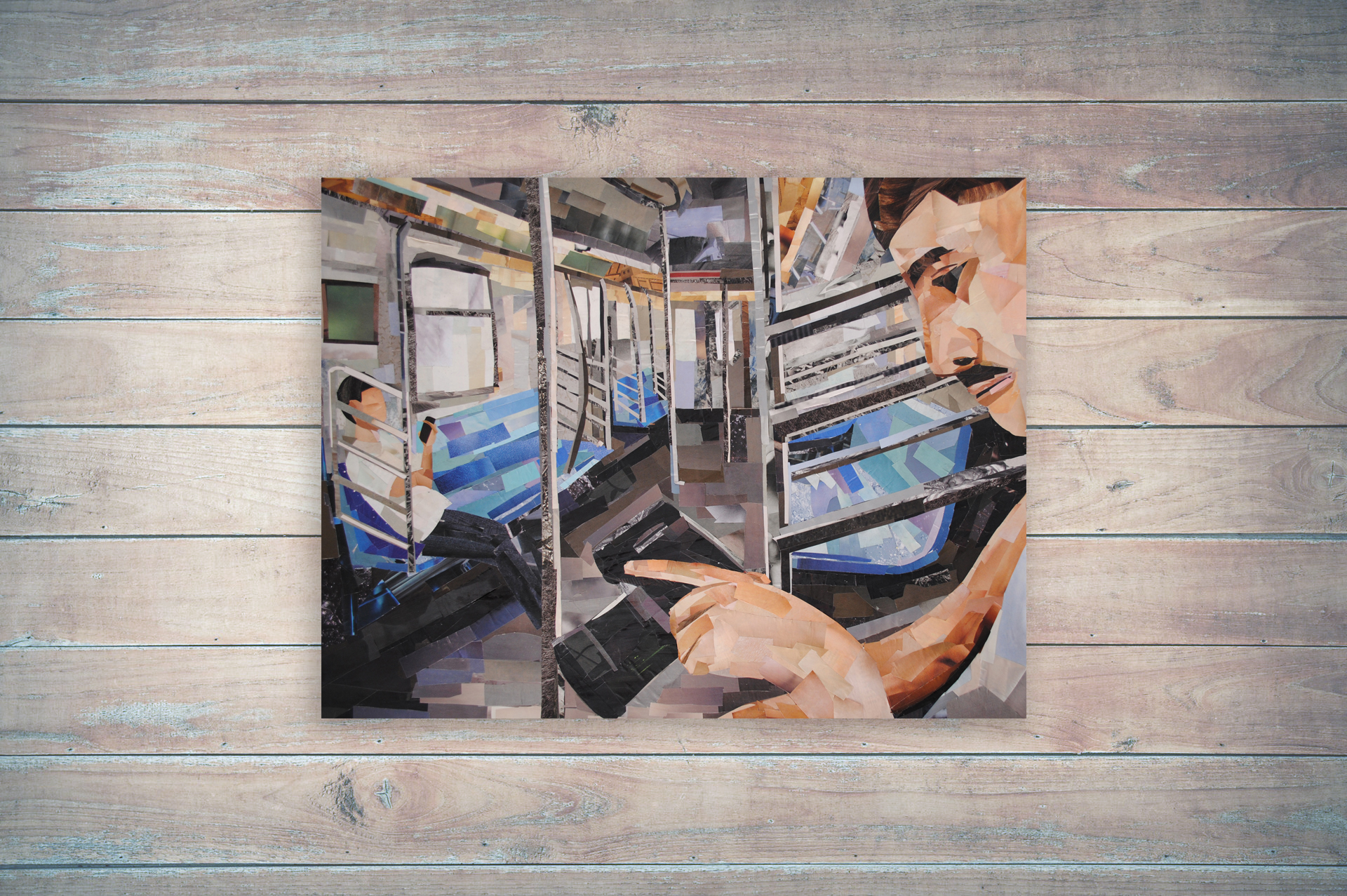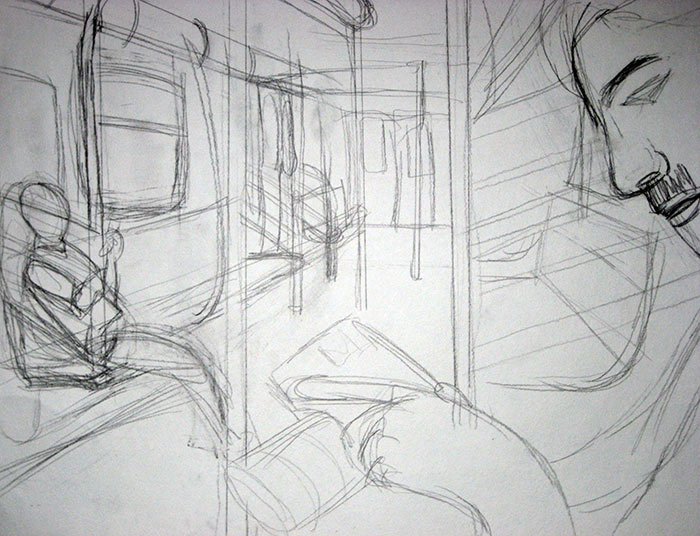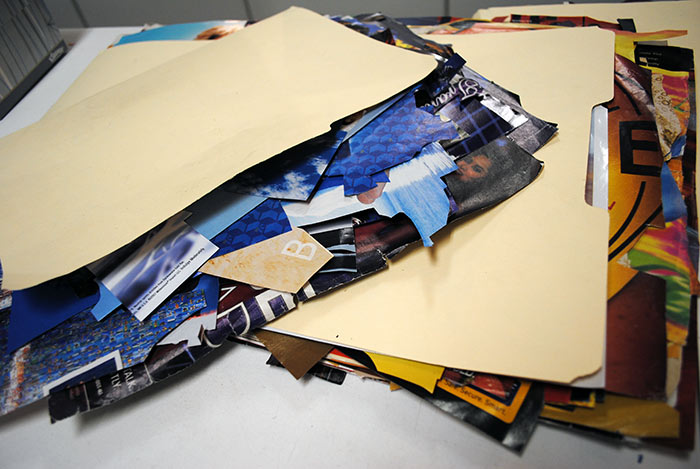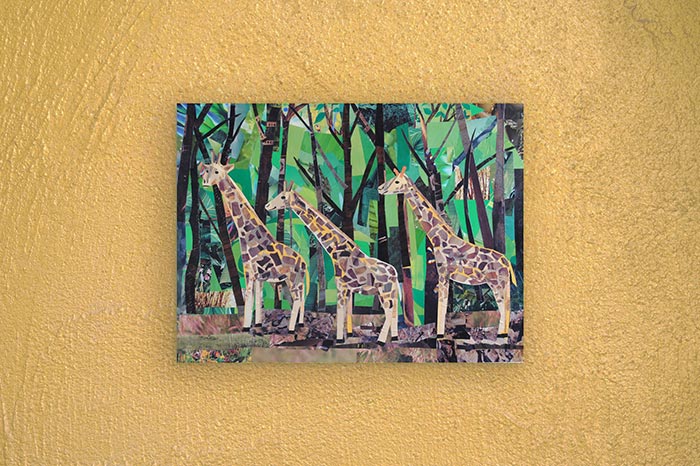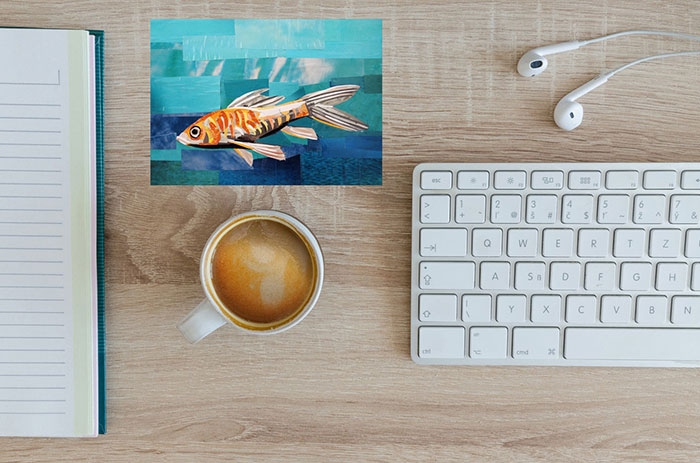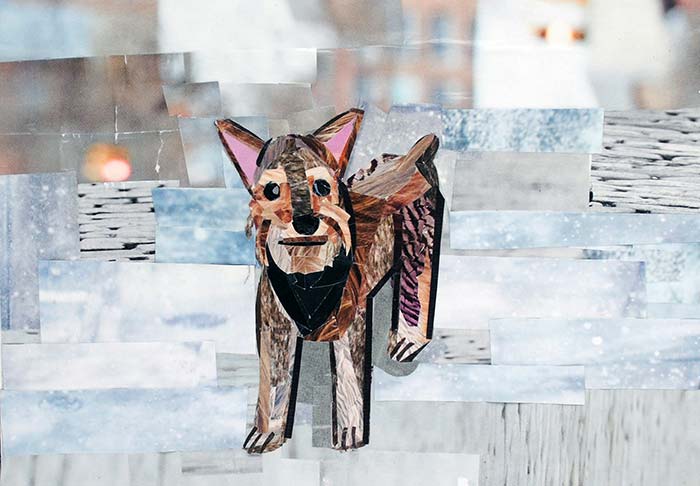
Trying to find time to make artwork can be an intimidating task at hand. If you’re like me and have a full-time job, enjoy spending time with your family and friends, and also want to have time to make artwork, it’s easy to get overwhelmed by everything.
In an effort to make art making easier to fit into your schedule, here are a few ways you can make time for your creativity:
1. Make a schedule and stick to it
It’s easier to have time to do something when it becomes part of your weekly routine. Try carving out a few minutes a day during the week or on the weekend where you’ll devote some time to artwork. Even if you’re only devoting ten minutes a day, at least you’ll spend a little time at it. Plus, the most difficult part is getting started. Often times what was initially going to be ten minutes of creative time, can easily turn into a couple of hours once you find yourself getting caught up in your work.
2. Limit the time you spend on your smartphone or on social media
If you’re one of those people who checks his or her phone numerous times an hour, try to get into the habit of turning off your phone, or turning it on silent and hiding it, so you won’t get distracted by push notifications and other in-your-face alerts. It’s easy to get caught up in whatever is trending for a given hour when you’re constantly tied to your device. But when you set it aside for a while, it’s easier to have more time to do other things like make artwork.
3. Brainstorm the activities you want to do each week and map them out on a calendar
I like to come up with a rough idea of what I want to do each week. Then I map out what I plan to do every day of the week. I used to have a never ending to-do list, which quickly got out of control and got easier to ignore. I found that adding only one or two tasks for a given day was an easier way to cross items off my to-do list without getting overwhelmed. I found that this especially worked well when I wanted to make sure I did something art-related every day.
I also like to use an online calendar to manage these tasks, since digital calendars make it a lot easier to move things around if something comes up. You can always (and easily) reassign tasks to another day.
4. Take a class
Sometimes it’s not necessarily a matter of not having enough time to make artwork, it’s more along the lines of not being inspired enough to find time to make artwork. When you’re lacking motivation or inspiration, it can be difficult to set aside any time at all for art. By taking an art class, you can give yourself a little push to find time for art every week. You could also get some ideas from my post on 10 Ways to Get Inspired with Your Artwork.
5. Find ways to ease art into your schedule
There are times when making a schedule for your art seems too structured and intimidating, and you’d prefer other ways to work it into your life. One way is to ease art into your life gradually. If you enjoy watching the news or a little bit of TV at the end of the day, one way to start incorporating art-making time into your life is by working on a project while the TV is playing. That way, you can not only follow along with the news or other TV show, but you can also get some art done.
6. Have a designated space for making artwork
If you have no real workspace for your art, then making artwork will become more of a hassle when you have to recreate your studio environment every time you want to work on a project. If you set up a space where your supplies and work in progress are set out, it will make it a lot easier to continue working on a piece. In fact, any work in progress sitting in your studio space can serve as a reminder that you should get back to art making at some point in time.
7. Set goals
Without any concrete goals or a tangible vision, you can easily get lost. By defining your goals and what you want to accomplish with your artwork, you’ll have an easier time setting aside time for art when you have an end-goal in mind.
The art making process is indeed a process, and you should keep that in mind when making artwork and working on refining your style and technique – art making takes time. And the only way you can continue to grow as an artist, is if you work on finding that time to develop your craft.
